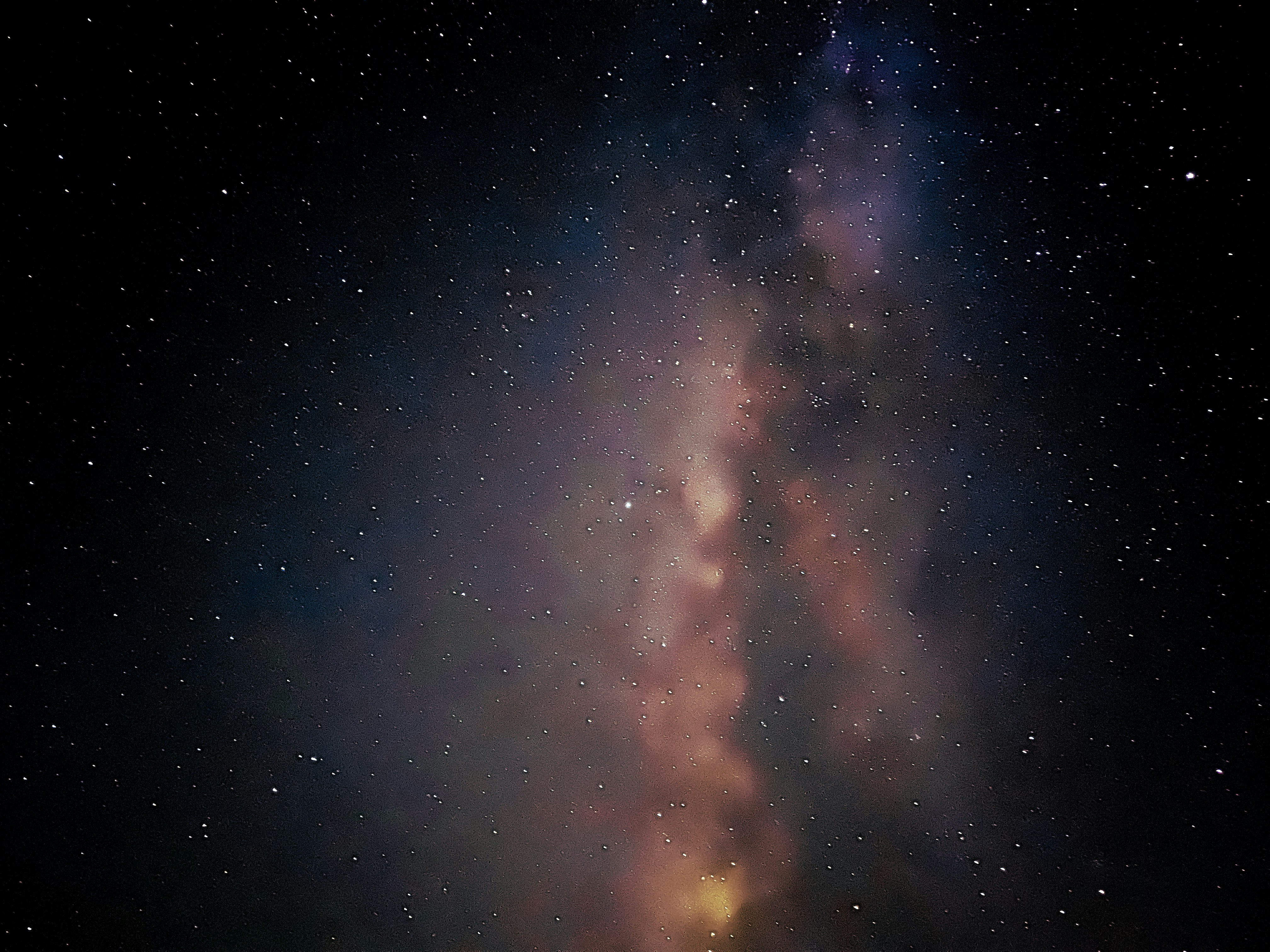
In the vastness of space, water is one of the most essential—but enigmatic—ingredients for life. We often imagine water forming as planets coalesce or comets deliver it later. But what if water came first—older than the stars themselves?
Astronomers have now confirmed this astonishing idea. Using the Atacama Large Millimeter/submillimeter Array (ALMA), they’ve detected doubly deuterated water (D₂O)—aka “heavy water”—in a planet-forming disk around a young star called V883 Ori. This evidence strongly suggests that much of the water in such disks is inherited from ancient interstellar clouds, rather than being freshly made in situ.
This discovery bridges water’s journey from dark, cold clouds to the comets, planets — and perhaps even the oceans of Earth.
1. The Cosmic Heirloom: Water from Before the Star.
Why heavy water matters.
Ordinary water is H₂O (two hydrogens and one oxygen). But if one or both hydrogens are replaced by deuterium (a heavier isotope of hydrogen), you get HDO (single deuterium) or D₂O (two deuteriums). Because these isotopologues are rarer and more fragile under harsh conditions, the abundance ratios of D₂O/H₂O and D₂O/HDO serve as powerful tracers of water’s history.
If water undergoes a “reset” (destroyed and reformed) during star or planet formation, these isotopic signatures would shift. But if water remains largely pristine and preserved, those signatures persist.
V883 Ori: A perfect test lab.
V883 Ori is a young star about 400 parsecs (≈ 1,300 light years) away, in the Orion molecular cloud complex. Because this star has recently undergone an accretion outburst, it heats its disk substantially, causing ices to sublimate and making water’s spectral lines more observable.
This heating “switches on” the water vapor signals in a region that would otherwise be too cold to see. It’s an ideal cosmic “flashlight” revealing water locked in the icy grains.
2. Catching D₂O in the Act.
How the observations were done.
Using ALMA’s sensitivity at submillimetre wavelengths, the team observed the para-D₂O 1₁,₀–1₀,₁ rotational transition at 316.7998 GHz. But detecting D₂O in disks is exceptionally challenging due to its low abundance and blending with emission lines of other complex molecules.
To handle this, the researchers:
- Shifted each pixel’s spectrum to account for the disk’s Keplerian motion (rotational velocity).
- Used Keplerian masking to isolate emission from expected disk locations.
- Compared the D₂O signal with previously observed HDO and H₂¹⁸O in the same disk.
They extracted a robust signal at a signal-to-noise ratio of ~11 after accounting for blends with neighboring lines from methanol isotopologues and dimethyl ether.
Abundance and ratios tell the story.
From the measured fluxes, the team derived column densities for D₂O, HDO, and H₂O (via H₂¹⁸O scaling). From those:
- D₂O / H₂O ≈ (3.2 ± 1.0) × 10⁻⁵
- (D₂O/HDO)/(HDO/H₂O) ≈ 2.3 ± 1.0
These values are consistent with those seen in protostellar envelopes and in comets, and are two orders of magnitude higher than what you’d expect if the disk’s water were largely reprocessed.
Thus, the isotopic fingerprint strongly favors inheritance of water — that is, water that formed in the interstellar medium and survived through the formation of the star and disk largely intact.
3. From Clouds to Comets — and Maybe Earth.
Connecting the dots.
The scientists compared the isotopic ratios across different stages:
- Class 0 protostellar objects (very young stars in their infall phase).
- Protoplanetary disks (like V883 Ori).
- Comets in our Solar System.
The D₂O/H₂O ratios measured in V883 Ori fall into the same ballpark as those in class 0 sources and the comet 67P. This continuity suggests that water’s signature is carried forward from clouds → protostars → disks → comets.
Hence, comets—and perhaps nascent planets—inherit water that is pristine, a piece of cosmic history.
Implications for Earth and exoplanets.
If our Solar System followed a similar water inheritance track, water delivery to Earth could have carried ancient chemical signatures. That means some of the water we drink might have been around before the Sun was born.
This discovery also hints that many exoplanet systems forming in icy, water-rich disks might get their liquid water from interstellar reservoirs, not entirely new synthesis.
4. Why This Discovery Matters (and What’s Next).
A missing piece in the water story.
Until now, direct evidence for D₂O in a planet-forming disk was absent. Scientists couldn’t decisively choose between the “inherited water” vs “reprocessed water” scenarios. This detection fills that gap, providing the missing link between interstellar clouds and planetary systems.
Caveats & future steps.
- The detection is facilitated by an outbursting star, which may not represent all systems.
- Some water reprocessing probably still occurs, especially in the inner disk, but apparently not enough to erase the isotopic memory.
- More observations of D₂O in other disks and stages (embedded disks, disks around different stars) will test how universal this inheritance is.
Broader significance.
This work reshapes our understanding of how life-friendly materials travel across cosmic environments. The idea that complex molecules and water can survive the chaotic birth of stars and planets underscores a deep chemical continuity in the universe—and brings us closer to answering major questions:
- How common is water (and life) beyond Earth?
- To what extent are planetary systems seeded with ingredients from deep interstellar space?
- What chemical legacy might Earth carry from the cosmos?






